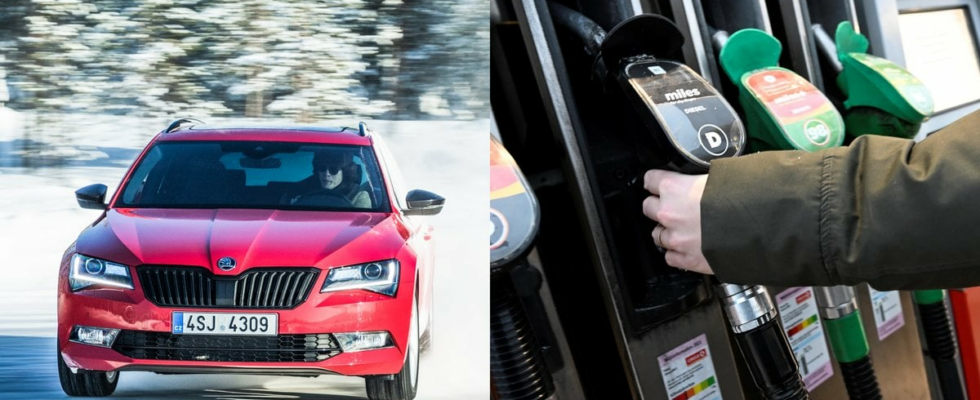Diesel is not really a further fuel for colder weather, but it starts to freeze at seven degrees below zero.
For this reason, for example, diesel heaters are used and – in the past – also firewood to heat under trucks that were about to start.
Today, however, the situation is different.
Read also: The most fuel-efficient car – here is the top list
Read also: Unexpected turn about electric cars in Sweden
From September 16
The transition from so-called summer diesel to winter diesel begins in good time, not least because a sudden cold snap can lead to a vehicle fueled with summer diesel not starting.
From September 16, the winter diesel will start to be sold north of the Dalälven. In the rest of the country, it takes place a month later. It reports Carup.
Winter diesel is primarily used in colder parts of the continent, where places like northern Sweden are particularly vulnerable. However, winter diesel is also widely used in the Alps and elsewhere.
Read also: The Swedish Transport Agency raises several fees – so you will be affected
Read also: Here is the world’s oldest Volvo – found in Sweden
There are both summer diesel and winter diesel. (Photo: Marcus Berggren)Diesel with more additives
What makes winter diesel more cold-resistant is a series of additives. It also makes diesel more expensive in winter, but the difference is small, but there are exact figures.
Sweden has three diesel zones, divided into northern and southern Norrland, as well as the southern part of the country. North of the Dalälven there is a special winter period from the first of December to the fifteenth of March, where the diesel is extra cold-resistant.
In the rest of the country, winter diesel is offered from 16 October to 31 March, while summer diesel is sold the rest of the year.
Read also: The world’s lightest car – we test drive the Caterham 170R
Read also: That’s how good the new electric Volvo EX90 is – we’ve test driven it
